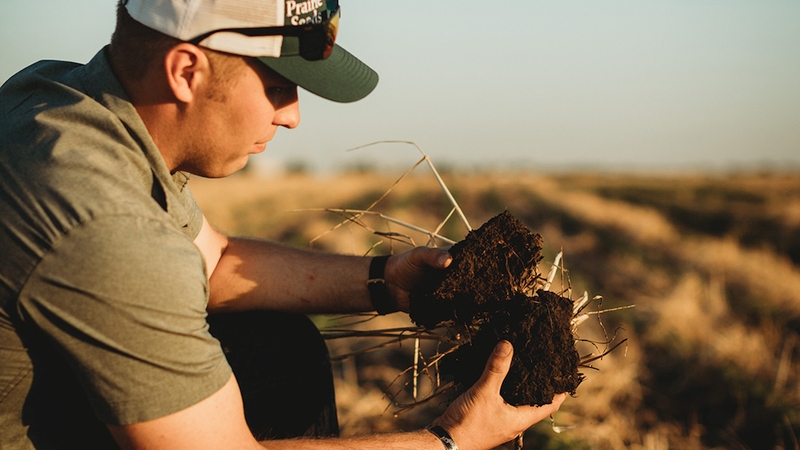How Ag Retailers Can Help Growers Maneuver Through the MRL Question
In the agricultural industry, we talk a lot about the different factors influencing growers’ input decisions and what chemistry or management strategy is selected from the toolbox. From soil type and pest spectrum to resistance issues and irrigation usage, these are crucial pieces to consider. However, another factor is moving up the list of influences on input decision-making.
A maximum residue limit (MRL) is a parameter indicative of the correct application timing of a pesticide in accordance with its label before harvest. It ensures residues of pesticides are well within safety margins and below a health-related adverse effect for consumers. The emphasis on this measurement, dictated by compliance to good agricultural practices and European Union scientific authorities, is gaining a larger mindshare than in the past. Having access to the corresponding import countries associated with MRLs is crucial for growers and their ability to market their products internationally. We export a large percentage of U.S.-grown crops, and MRLs are a make-or-break factor in the marketing viability of these important goods.
Navigating MRLs can be a tricky area for growers. MRLs for a specific crop can differ from one country to the next, and one chemistry to the next. If a crop is tested and exceeds the established MRL, that crop will be destroyed, even after it’s arrived at its destination port. And, in many cases, the costs associated with that rejection are placed on the grower, as well as possible fines and legal action.
So, how do growers maneuver through these waters? For the most part, it’s clear but having a firm grasp on the barriers or challenges MRLs pose to growers’ crop input decisions are imperative when consulting them.
For the most part, growers know what the MRLs are for their crop and goal market, and thus what their crop protection program needs to entail. Pesticide labels have clear pre-harvest intervals, indicating when the last application can be made. But there are circumstances where questions are sparked and roadblocks are created.
New Chemistries
When we get access to a new chemistry in our toolbox, MRLs tend to be one of the first questions or concerns for growers who are exporting their crop. It’s a familiar scenario. There’s pest X that’s been bothering growers for some time, and a new chemistry comes along for that specific pest. But hold your horses! The product may be so new it hasn’t completed the MRL approval process for key export markets. This is a conundrum as it takes years for MRLs to be established for a new chemistry, and this is on top of the multiple years, if not decades, it takes to develop a new chemistry. This can discourage growers from utilizing needed chemistries to target issues in the field or challenges such as pesticide resistance, for which new tools are meant to address. There are no clear-cut answers to the new chemistry MRL challenge right now, but it is a situation to be aware of when weighing new products for a crop management program.
Same Processor, Different Final Destination
In a circumstance where a grower has a crop that gets funneled into a catch-all type of packing shed by their processor, it can make it difficult to separate a crop grown to meet one country’s MRLs from one grown to another’s standard. This is a real concern, especially with how much automation there is in packing sheds and processors, which can make it harder to keep products used in different fields separate. As mentioned in the rejection scenario, no one wants a crop to get rejected and destroyed because of a mix-up in chemistry applications.
MRLs are a key piece of the food value chain. Though they may pose a barrier to using certain chemistries on some crops destined for specific countries, MRLS do play an important role in ensuring food security and safety at home and abroad. The industry is continuing to develop new products and formulations with this factor in mind to ensure once new products come to market, the lag between in-field usage and MRL approval is minimized as much as possible. In the meantime, to stay ahead and make sure what your growers are applying won’t hinder their market opportunities, always make sure to read the label. The label is and always will be the law of the land, and pre-harvest intervals are useful measures. Reference a tool like Bryant Christie when questioning whether a product has the MRLs associated with the crop or target market.
It’s our duty to ensure the growers we serve are competitive in the marketplace and their operations are economically viable. MRLs are just one piece of the greater pie.






